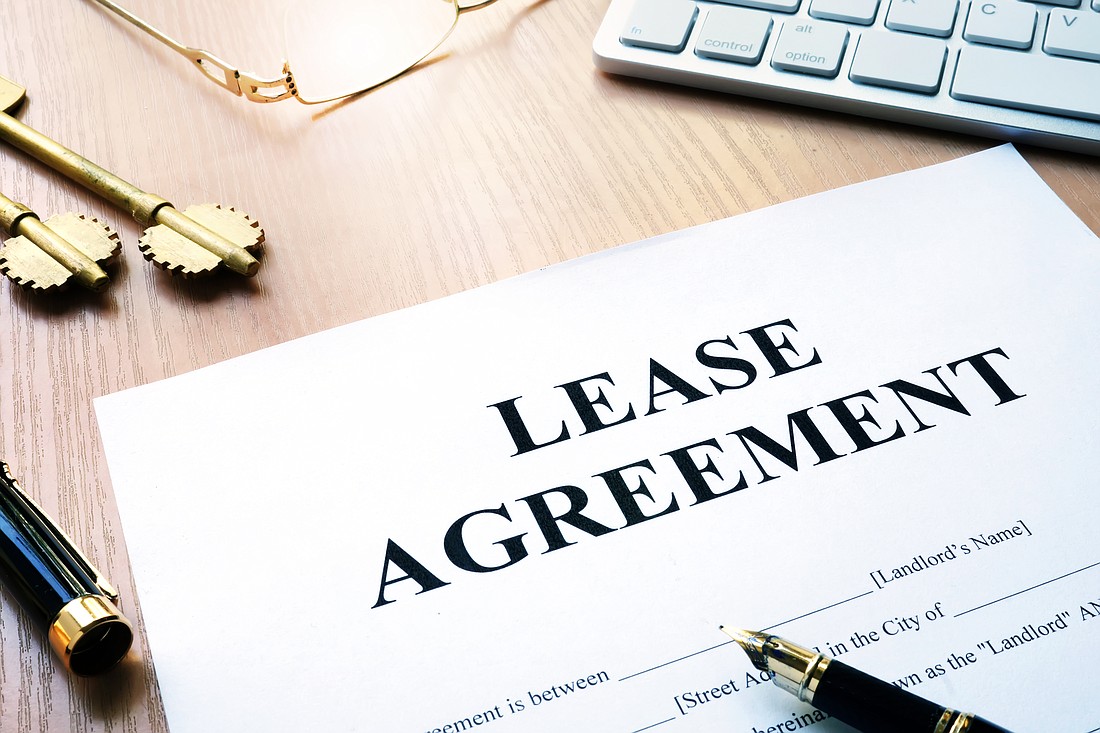- December 13, 2025
-
-
Loading

Loading

When it comes to getting out of a commercial lease — something that could become more relevant in a recession — there aren’t a lot of options. But that doesn’t mean it’s impossible. Not does it have to be incredibly difficult.
So says Hunter Norton, a partner with the law firm Shumaker.
“It’s always going to be dependent on the lease,” says the Sarasota business litigation attorney. “You’re going to need to look at the lease itself and see if in the lease there’s anything that’s to give the tenant the right to terminate.”